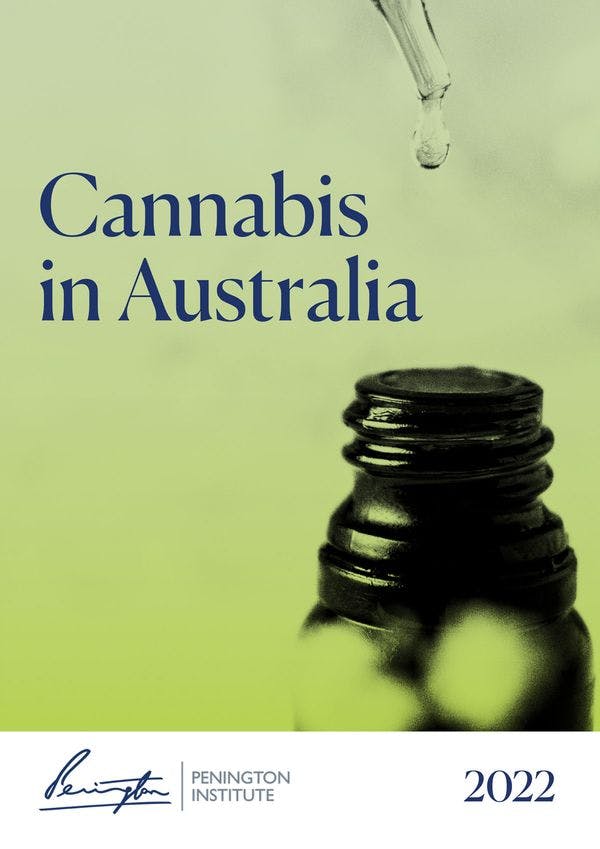Cannabis in Australia
CEO Foreword
The pace of change across the world in the understanding of cannabis and its regulation and management has accelerated dramatically in recent years. Many jurisdictions are providing regulated access rather than simple prohibition with medicinal cannabis now mainstream in many countries. In Australia a shift to diversion from the criminal justice system more than 20 years ago was led by the Howard Government. More recently, significant reform to enable national medicinal cannabis access was introduced by the Abbott Government.
The Australian community’s perspective continues to evolve but is sometimes undermined by a lack of access to evidence, misunderstanding and even misinformation. Penington Institute is committed to improving the management of drugs through community engagement and knowledge sharing and so I am pleased to share with you Penington Institute’s latest report, Cannabis in Australia 2022. Our inaugural report on cannabis presents the findings from many months of research and around 100 expert interviews, which we have condensed into a concise overview of cannabis use in Australia today.
In the landscape of psychoactive drugs, cannabis occupies a unique place. Once considered enemy number-one by proponents of the ‘war on drugs’, cannabis is still illegal to possess or use without a medical prescription in Australia, with the limited exception of the ACT. Despite its legal status, cannabis is readily available with more than a third of Australians over the age of 14 admitting to having used it.
Compared to other common drugs, cannabis has a low harm profile with negative health impacts less than those associated with nicotine and alcohol. In the context of medicinal use, the potential for serious side effects such as dependence pales into insignificance when considered alongside the painkillers and sleeping pills that are routinely prescribed across Australia.
Cannabis can have negative consequences including a risk of dependence for some people, however the demonstrated harms and enormous financial burden associated with Australia’s simplistic prohibition approach is much more harmful than the substance itself.
Since 2010-11, there have been 702,866 cannabis-related arrests in Australia, more than 90 per cent of which were for personal use or possession. In 2019-2020, nearly half of all drug-related arrests (46.1 per cent) were for cannabis.
Then there is the economic question. While we invest taxpayer dollars on a prohibition model – more than $1.7 billion on cannabis-related law enforcement was spent in 2015-16 – Australians in need are too often unable to afford medicinal access. The quality of Australian-grown cannabis is world-standard, but our farmers are forced to stand by and watch as producers in North America and elsewhere seize the markets that could be theirs, including our domestic market. Onerous regulations and a lack of government investment are holding the Australian industry back from this significant opportunity.
This report aims to promote understanding of cannabis in Australia. At the forefront of discussion should be the questions of how to improve medicinal access for those who need it and how we can better reduce the harm caused by our laws and the substance itself as we progress toward a more informed and compassionate community.
John Ryan, CEO,
Penington Institute
